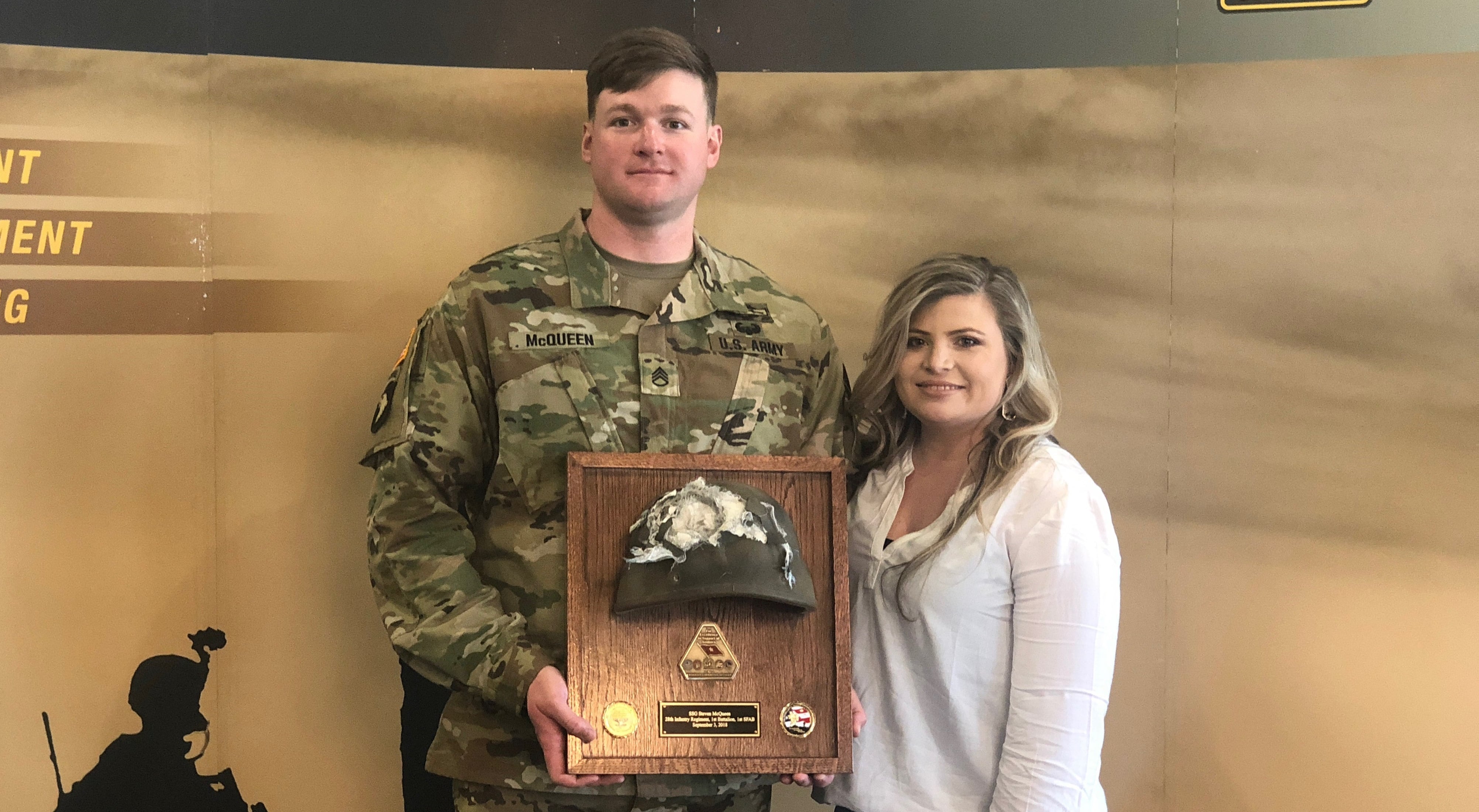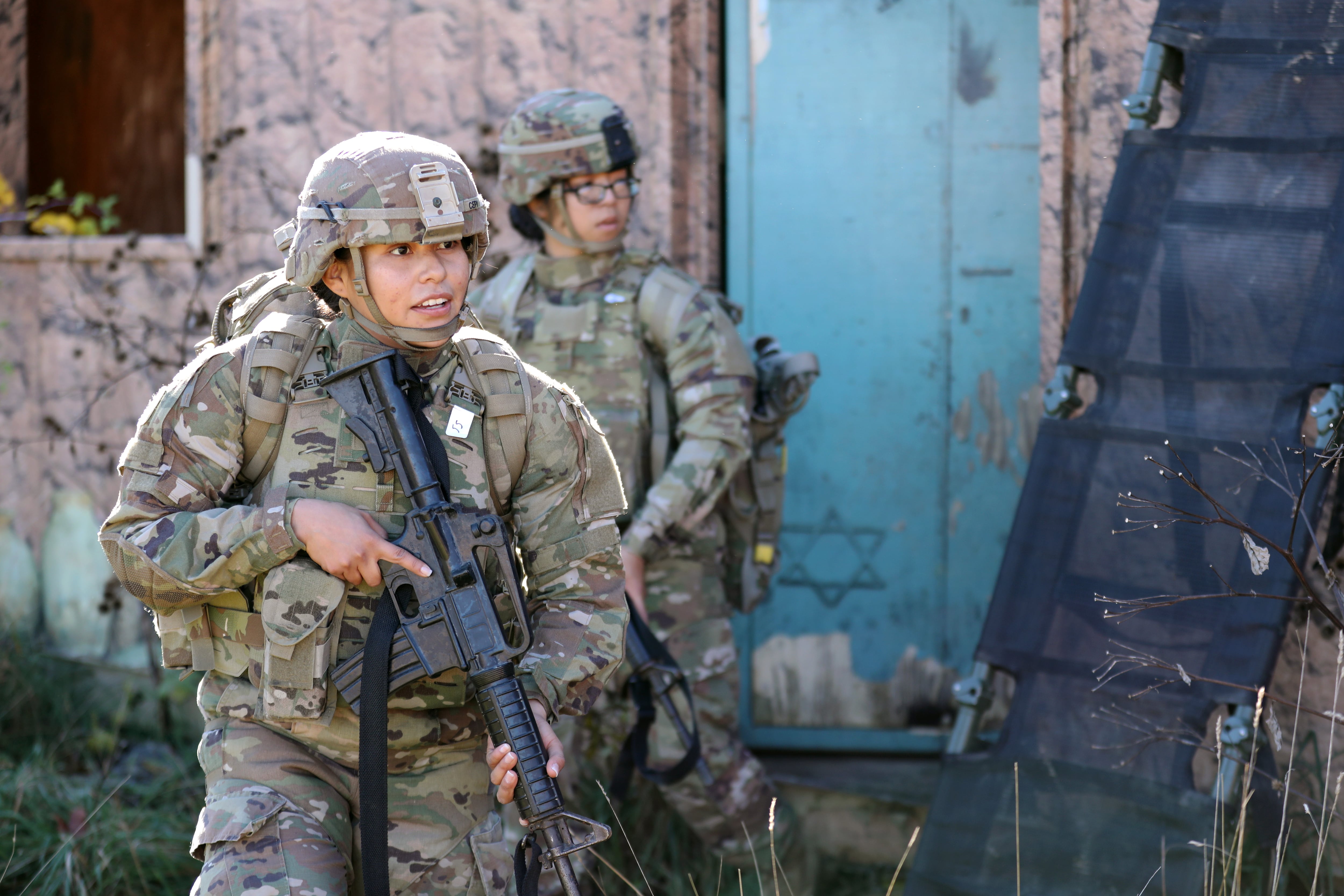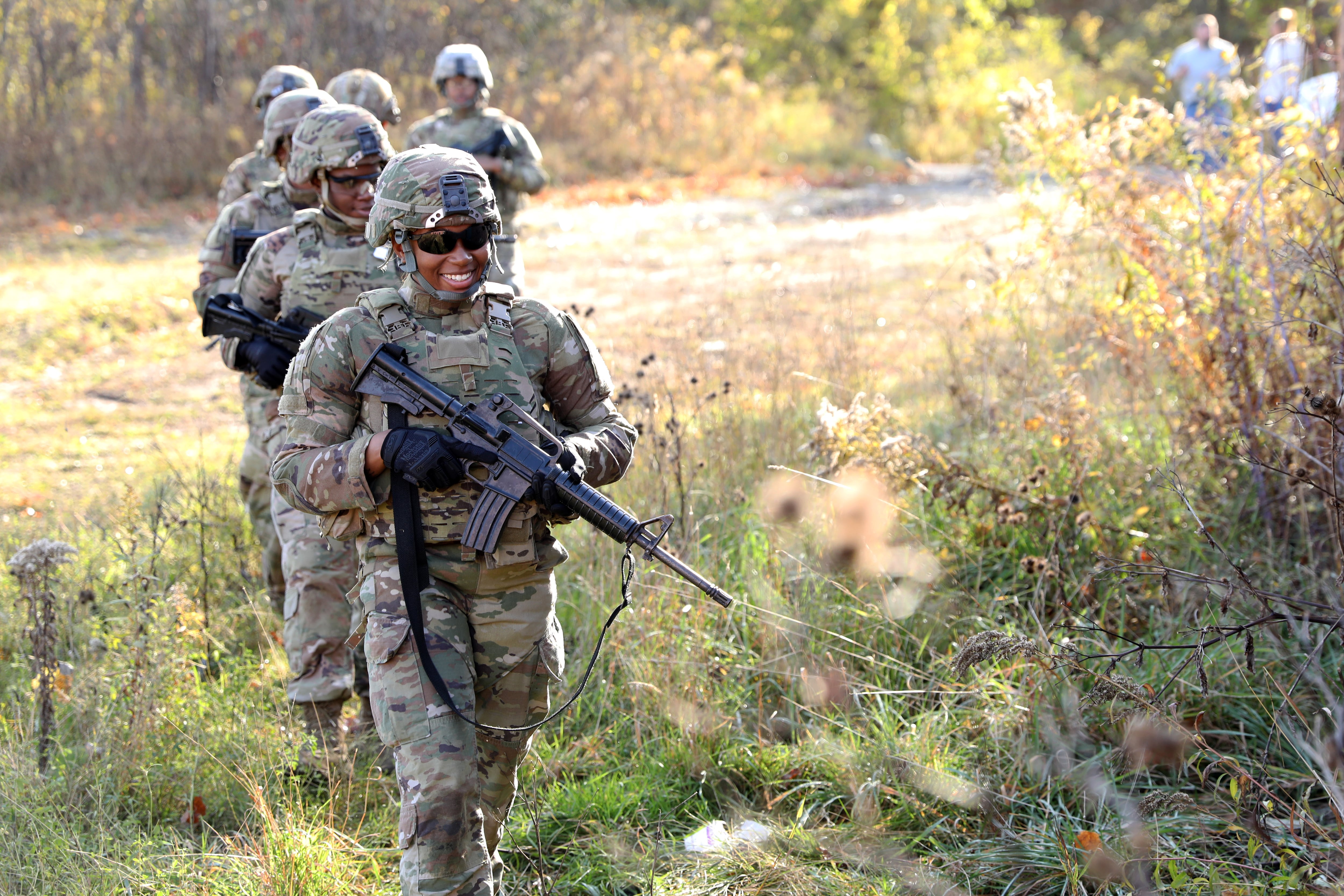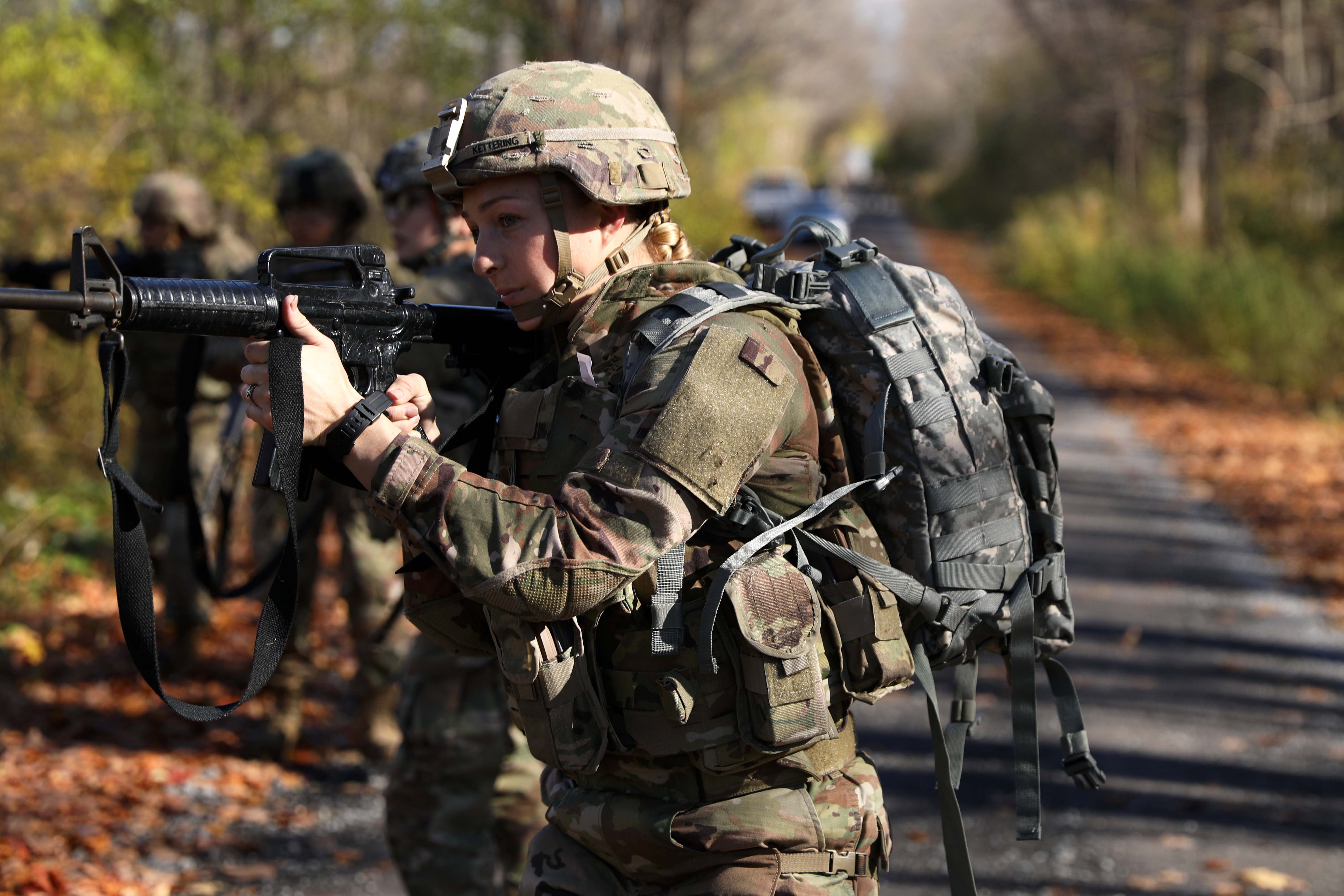When Maj. Melissa Elledge was a brand-new soldier ploughing through basic training, she had to find gear shortcuts simply to accomplish basic tasks, such as firing her weapon.
“I spent the whole 10 weeks of basic training with a bruise in my bicep because that’s where I put the buttstock,” Elledge told Army Times. “I either had to pull away the body armor to fix my weapon, or what was easier, use my bicep.”
That was back in 2007, when she joined the Army at 5 feet 3 inches tall and weighing less than 120 pounds. But little changed for her and many either female or smaller stature male soldiers until now.
A limited number of sizes for body armor and other gear meant soldiers that didn’t fit those standard models were basically out of luck when it came to finding a good fit.
“You just drove on, this is what they gave you, you wore that and you figured out how to make it work for you so you could shoot, preform and meet your mission,” Elledge said.
RELATED

After a four-year stint as an Army congressional liaison, Elledge now serves as the assistant program manager for body armor for soldier protective equipment at Program Executive Office-Soldier.
The Army’s Modular Scalable Vest, the replacement for the current Improved Outer Tactical Vest, has already been issued to all but one of the Army’s six Security Force Assistance Brigades and some select deploying units, Lt. Col. Stephen Miller, product manager for Soldier Protective Equipment told Army Times.
Later this summer, the MSV and its accompanying parts, such as the Female Ballistic Combat Shirt and Blast Pelvic Protector, are headed to close combat soldiers within the 82nd Airborne Division. Those paratroopers are being prioritized due to their Global Response Force mission.

Then the MSV will roll out the rest of the close combat troops – infantry, combat engineers and scouts – beginning in about a year, Miller said.
The new designs incorporate female-specific protections but a variety of other size options also help smaller stature male soldiers, making the new gear a unisex option.
Some of the female features include better side chest protection in the FBCS for female soldiers with a larger bust size. Other features include a notch cut in the collar to accommodate longer hair, which is often tied in a bun.
The larger complement of gear, part of the Soldier Protective System, also includes a female-specific designed ballistic combat shirt. That shirt has a flare cut at the bottom to accommodate the different shape of the female hip. The design helps prevent it from riding up and exposing vulnerable areas of the torso.
The shirt replaces the Army Combat Shirt and offers protection for the upper arms and shoulders. It comes in five sizes: extra small, small, medium, large and extra large.
Miller points out that some of the additional sizes in both the vest and shirt help soldiers of either gender mix and match their gear. For example, soldiers with longer or shorter arms now have options to better fit the vest to their proportions.
The new sizes include small-short, small-long and extra-small short.
A good fit is about more than comfort. It can mean the difference when firing a weapon accurately, preventing repetitive use injuries and shielding soldiers from shrapnel.
Designers have also reconfigured helmet retention straps in the Integrated Head Protection system to better fit female soldiers whose hairstyles might have previously prevented a good-fitting helmet. That’s because a bad fit could cut down on their peripheral vision.

Elledge deployed twice to combat zones, in 2009 and 2014, wearing that same ill-fitting body armor. It was around that time that the Army’s gear development section began working on the problem.
During her posting as an Army congressional liaison from 2016 to 2020, Elledge was in the middle of high-priority measures to improve uniforms and gear for female troops.
Army veterans Sens. Tammy Duckworth, D-Illinois, and Sen. Joni Ernst, R-Iowa, first introduced the Female Body Armor Modernization Act to Congress in 2019.
The bill pushed funding for not only new gear but also to track injuries female soldiers experience due to gear problems, whether in combat or training.
In 2019, PEO Soldier ran evaluations of earlier versions of their female-focused gear changes at Fort Drum, New York. Some recommendations made it into the equipment they’re fielding now, such as the side bust protection in the ballistic combat shirt.
Last year, 38 male and female soldiers tried out the new sizes, cuts and designs on the range at Joint Base Lewis-McChord, Washington.
That was shortly after Elledge joined the team and the first time she got to see the new designs on female soldiers and ask them directly what they liked and what they didn’t.
“It was fascinating to me to get direct feedback, [and] ask those intimate questions some men might not be comfortable asking,” Elledge said.
Beyond the sizes and designs, the core of protection – ballistic plates – also got an overhaul.
New “shooter’s cut” plates inside the Vital Torso Protection portion cut weight in the vest and provide more maneuverability. The cut trims off the top corner of the plate, giving soldiers more room to move their arms and place their weapon’s buttstock for firing.
The vest uses a piece of equipment called Enhanced Small Arms Protective Insert Plate Generation III, or ESAPI plates.
The vest currently fielded is using the older plates but the ESAPI plates are now in production and will first be delivered to the 82nd Airborne with their vest in the coming months, Miller said.
The front and back plates are 1 pound lighter each than current versions. The new system weighs about 5 pounds less than the old IOTV system.
Miller said the programs for this gear are constantly tweaking, looking at new materials and designs to get after better protection that’s also lighter for the soldier.
Todd South has written about crime, courts, government and the military for multiple publications since 2004 and was named a 2014 Pulitzer finalist for a co-written project on witness intimidation. Todd is a Marine veteran of the Iraq War.




